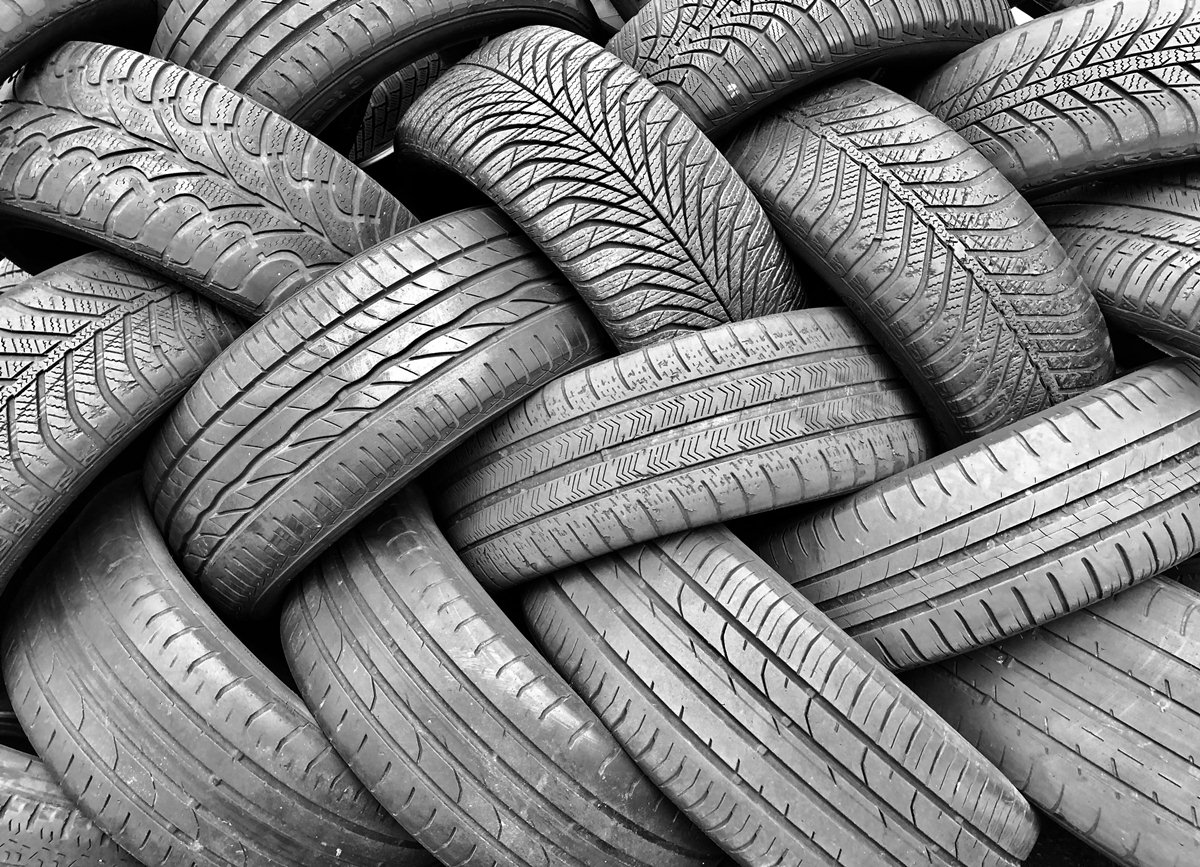In recent years, more and more people have been asking the question, “Why are tires so expensive?” To answer this query, we’ll explore several factors that contribute to their cost, including the materials used in manufacturing, the production process, transportation costs, research and development expenses, and marketing expenditures.
1. The Role of Materials in Tire Costs
One of the primary reasons for the high price of tires is the cost of the materials used in their manufacture. Tires are made up of different components, each of which has a specific role in ensuring their performance, safety, and durability. These include:
- Rubber: Both natural and synthetic rubber is used in tire production. With natural rubber prices fluctuating due to supply and demand issues, this directly affects the cost of tires.
- Steel: Steel belts and cords are essential for providing strength and structural integrity to tires. As steel prices rise, so does the cost of producing tires.
- Chemicals and additives: A variety of chemicals and additives are used in the tire-making process, such as carbon black, antioxidants, and vulcanizing agents. These components also add to the overall expense of tire production.

Natural Rubber: A Pricey Commodity
Natural rubber accounts for a significant portion of a tire’s material cost. Derived from the sap of rubber trees, it is a valuable and limited resource, with major producers located primarily in Southeast Asia. Factors like climate change, disease outbreaks among rubber trees, and political unrest in rubber-producing countries can all affect supply and, in turn, increase natural rubber prices.
2. The Manufacturing Process: Labor and Energy Intensive
Tire production is a complex and multi-step process that requires a significant amount of labor and energy. Several stages are involved in creating a tire, including mixing the raw materials, building the tire structure, curing it, and conducting quality control checks. Throughout these steps, manufacturers must maintain strict quality standards to ensure their tires meet performance and safety requirements.
Due to the labor-intensive nature of the manufacturing process, it’s no surprise that labor costs play a major role in the overall expense of producing a tire. Additionally, the cost of energy—primarily electricity and fuel—used during production also contributes to high tire costs.
Automation and Technology Advance Tire Production
In recent years, there has been a push towards increased automation and technology use in tire manufacturing. While this can help lower labor costs and improve efficiency, the initial investment for such technology can be substantial, adding to the overall price of tires.
3. Transportation Costs: From Factory to Retailer
Once tires have been produced, they need to be transported from factories to retailers worldwide. Shipping, whether by sea or land, involves additional costs that contribute to the final retail price of tires. Factors like fuel surcharges, taxes, and tariffs all influence the transportation expenses incurred by tire manufacturers.
4. Research and Development: Innovating for the Future
Tire companies invest heavily in research and development (R&D) to create new and improved products. This includes exploring innovative materials, designs, and technologies that enhance tire performance, safety, and sustainability. The cost of R&D is often factored into the price of tires as manufacturers seek to recoup their investments and continue investing in the future of tire technology.

The Race for Eco-Friendly Tires
As environmental concerns gain prominence, tire manufacturers are investing more in developing eco-friendly products. These tires aim to improve fuel efficiency, reduce emissions, and extend their lifespan through advancements like low rolling resistance technology. While these innovations benefit both consumers and the environment, they also contribute to the high cost of tires due to the investment required in research and development.
5. Marketing and Branding: Building a Reputation
Finally, marketing and branding efforts play a significant role in the pricing of tires. Tire companies invest heavily in advertising campaigns, sponsorships, and other marketing initiatives to build brand recognition and trust among consumers. These expenditures ultimately factor into the final retail price of tires as companies seek to recoup their marketing investments.
Tire Retailers’ Role in Pricing
Beyond manufacturing and transportation costs, tire retailers also have expenses to consider when determining the price of the products they sell. Factors such as rent, utilities, employee wages, and inventory management all influence the profit margins that tire retailers seek to maintain.
Why Are Tires So Expensive: Final Thoughts
In conclusion, the high price of tires can be attributed to a combination of factors including material costs, labor and energy-intensive manufacturing processes, transportation expenses, research and development investments, and marketing and branding efforts. By understanding these various components, consumers can make more informed decisions when purchasing tires and appreciate the value they provide in terms of performance, safety, and longevity.
















